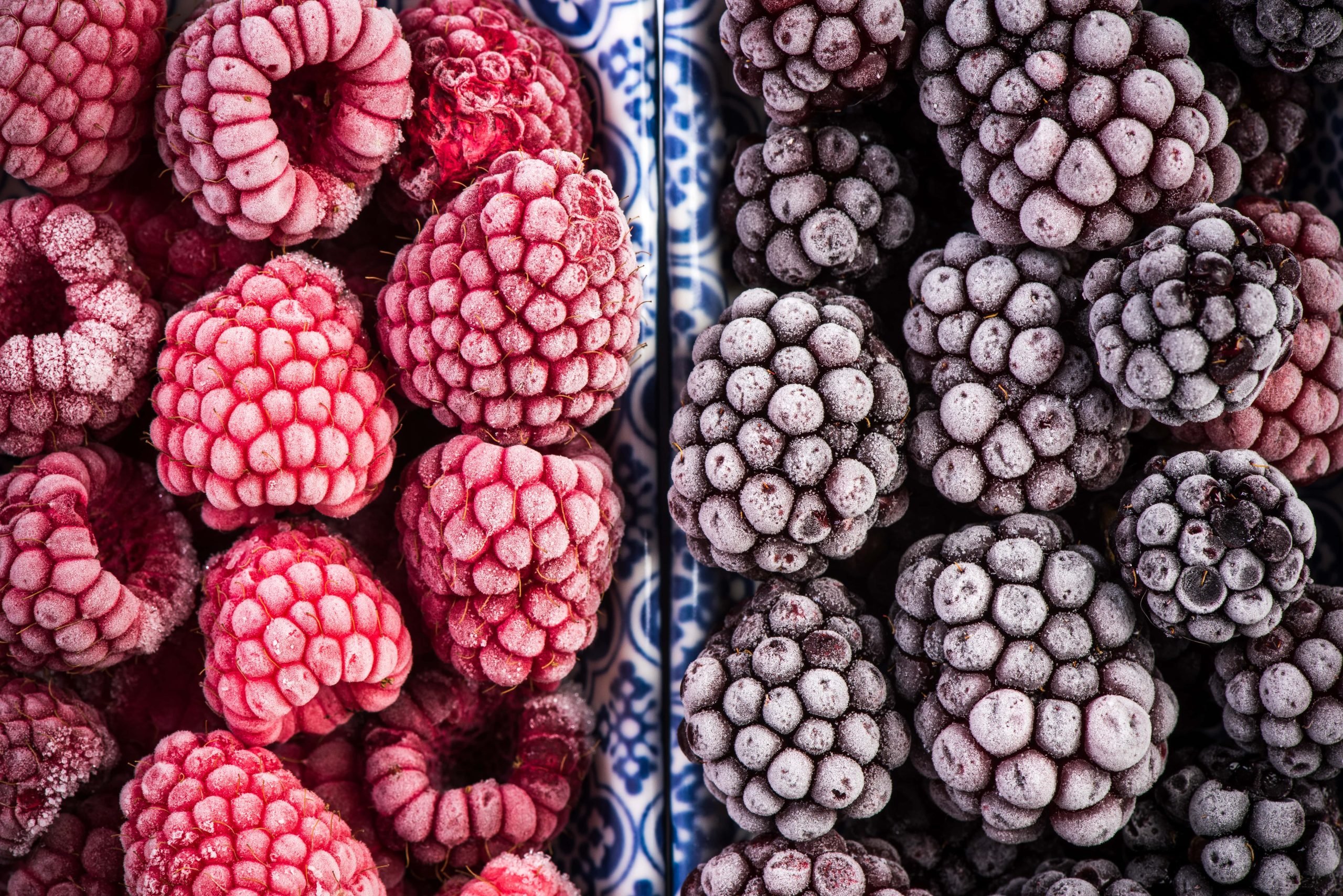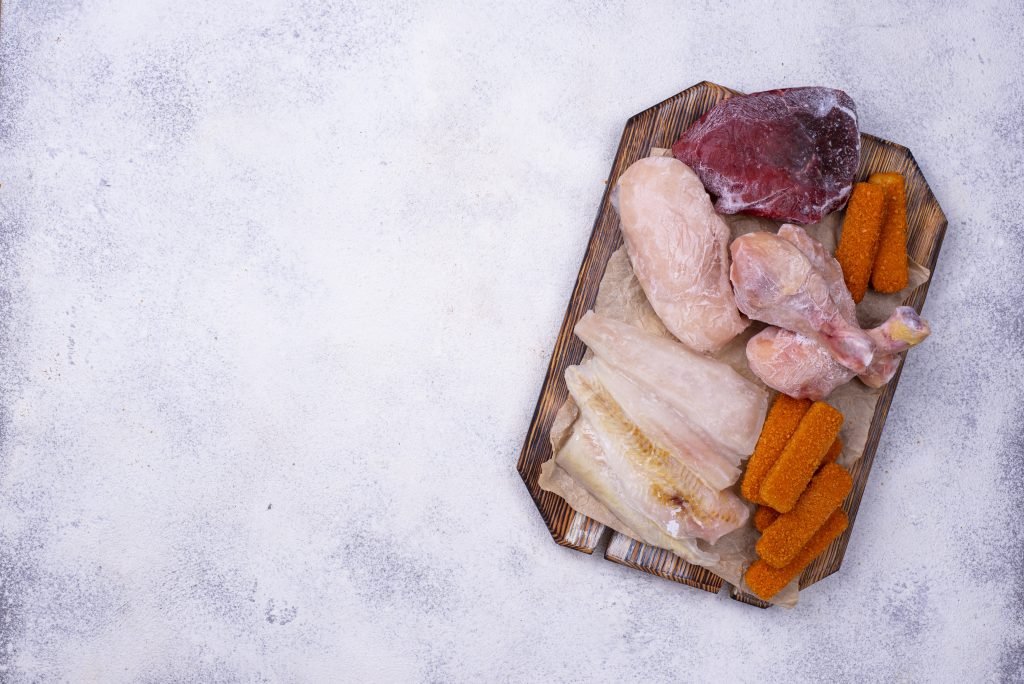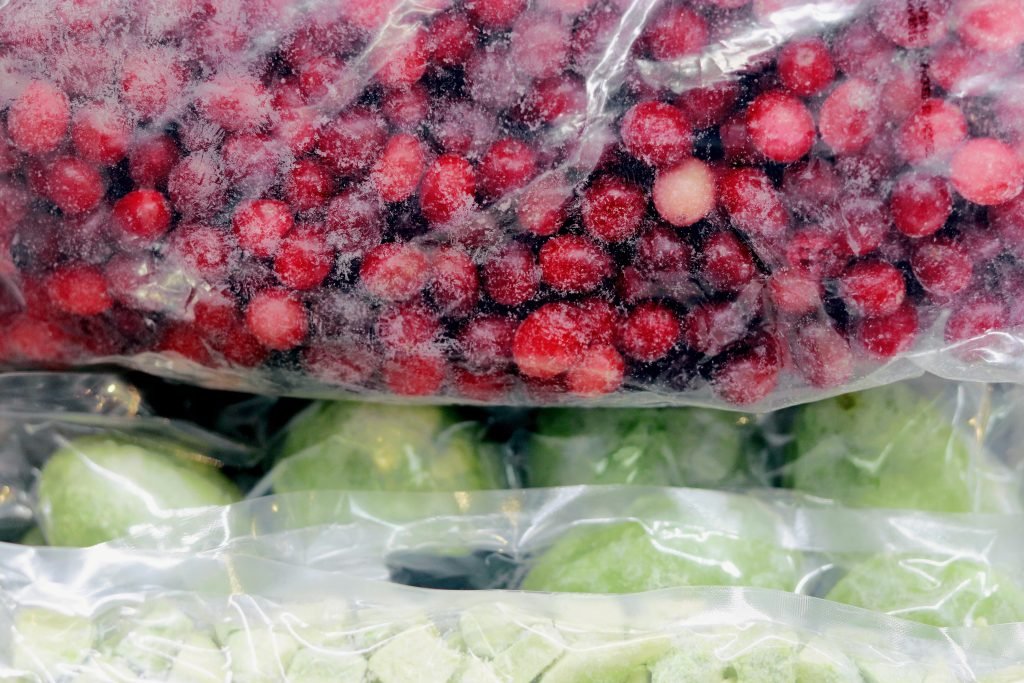
Refrigerator 101 – How to Freeze Food for Maximum Freshness and Savings
Posted on |
Investing in a refrigerator is one of the best decisions you can make for your kitchen. Not only are they uniquely designed to keep produce and ingredients lasting longer, but freezing food also takes it up a notch! By utilizing this almost magical ability many items not eaten right away get another chance at life while saving you money on bulk purchasing – however there’s an art to getting things prepared before taking them into icy depths, let us guide you through the basics so that everything stored stays fresh and delicious.
How Freezing Works
Food preservation is a delicate art – and freezing is no exception. Although the cold temperatures can halt spoilage by slowing down bacteria, yeast, and enzymes in food, it also has its drawbacks: forming ice crystals that damage cell walls of thawed foods and changing their flavor profile. To prevent this from happening make sure to carefully wrap your frozen delicacies before they become permanently preserved!
Foods that Freeze Well

In the kitchen, it’s important to know which foods should be stored in the freezer – and not all of them work! While water-rich fruits and veggies tend to become mushy when thawed out due frozen liquid inside their cells, less moisture-filled items such as meats and breads can handle freezing temperatures. Looking for inspiration? Here are some ideas: Try preserving those grilled steaks or buns from dinner last night, giving new life a whole range of meals like sandwiches on homemade rolls your family will love.
- From beef to fish, meat can be stored in the freezer for future use! Air tight packaging is essential when freezing and stocking up on ground meats – like chicken or turkey – offers versatility as they could easily become a part of your next meal. Spaghetti sauce, tacos, and even classic comfort dish meatloaf are all possible with one simple thaw.
- Freeze up your dairy favorites such as milk, cheese, and butter for convenient use in cooking or baking later! Hard cheeses like cheddar or parmesan will retain their flavors but may become a bit crumbly once thawed. Soft cheeses including feta and brie sadly won’t survive the freezing process -be prepared to enjoy them warm instead of cold.
- Bread: Bread, rolls, and baked goods all freeze well. To prevent them from becoming stale, wrap them in plastic wrap and then place them in a plastic bag.
- Berries and other fruits: Berries and fruits with high water content will not freeze well because they will become mushy when thawed. However, you can freeze them pureed and use them for baking or smoothies.
- Herbs and Spices: Herbs and spices can lose their flavor when frozen, but you can freeze them in ice cube trays with a bit of olive oil or butter, this way you can have fresh herbs and spices throughout the year.
Foods that do not Freeze Well

As mentioned earlier, some foods do not freeze well. These include:
- Fruits and vegetables: Fruits and vegetables, such as berries, tomatoes, and lettuce, will become mushy when thawed. They are best used for cooking or baking. Vegetables like bell peppers, cucumber, and zucchini can be sliced or diced and frozen in airtight containers, they will be perfect for soups, stir-fries or omelets.
- Eggs: Raw eggs do not freeze well. They can be frozen, but their texture will change when thawed. It’s best to use them for cooking or baking. Hard-boiled eggs can be frozen for up to 6 months, but they will lose some of their texture when thawed.
- Mayonnaise and cream-based sauces: These foods do not freeze well because they can separate when thawed.
Proper Packaging and Labeling
To keep food fresh and safe while in the freezer, proper packaging is key! Wrap your edibles with airtight solutions like aluminum foil or plastic wrap to protect against harmful freezing effects such as “freezer burn”. If you want to go above-and-beyond for extra protection from the cold temperature, vacuum seal those treats for a snug fit that will lock out all of that pesky air.
When packaging food, it’s important to divide it into portions that you will use in one meal. This will save you time and energy when thawing and also will prevent you from wasting food.
It is also important to label the food with the date it was frozen and the type of food it is. This will help you keep track of how long the food has been frozen and when it needs to be used. This will also help you to plan your meals and use the food before it goes bad.
Thawing Food Safely
Unlocking delicious and nutritious meals stored in the freezer hinging on a safe defrost – it needn’t be rocket science, yet ensuring bacteria doesn’t start to grow all over your dinner is key! For slow-and-steady thawing, nudge that frozen food into the refrigerator and let time do its thing. If you’re up against a tight timeline though, submerging things in cold water as per changing every 30 minutes should keep germs at bay while swiftly setting feasts free for your culinary pleasure.
For the impatient cook, a microwave can be used to quickly thaw your food. However, it is important not to let the heat get too intense or else you could end up with an unevenly cooked meal! Afterward make sure that you don’t wait and jump straight into cooking–time isn’t on your side here.
When thawing food, it is important to remember that some foods, such as raw meat, should not be refrozen after they have been thawed. This is because the process of thawing can cause bacteria to grow on the food. Therefore, it is important to cook or use the food immediately after thawing it.
Conclusion
Put a little bit of extra work in and you’ll be able to preserve your food for longer savings! Freezing is the easiest way to make sure that meals are safe and delicious, even weeks after buying them. Just remember proper packing techniques with labels & thawing directions so that all frozen foods stay at peak quality without any loss or safety issues – then enjoy the bounty of bulk buys lasting far beyond what would normally be expected!
